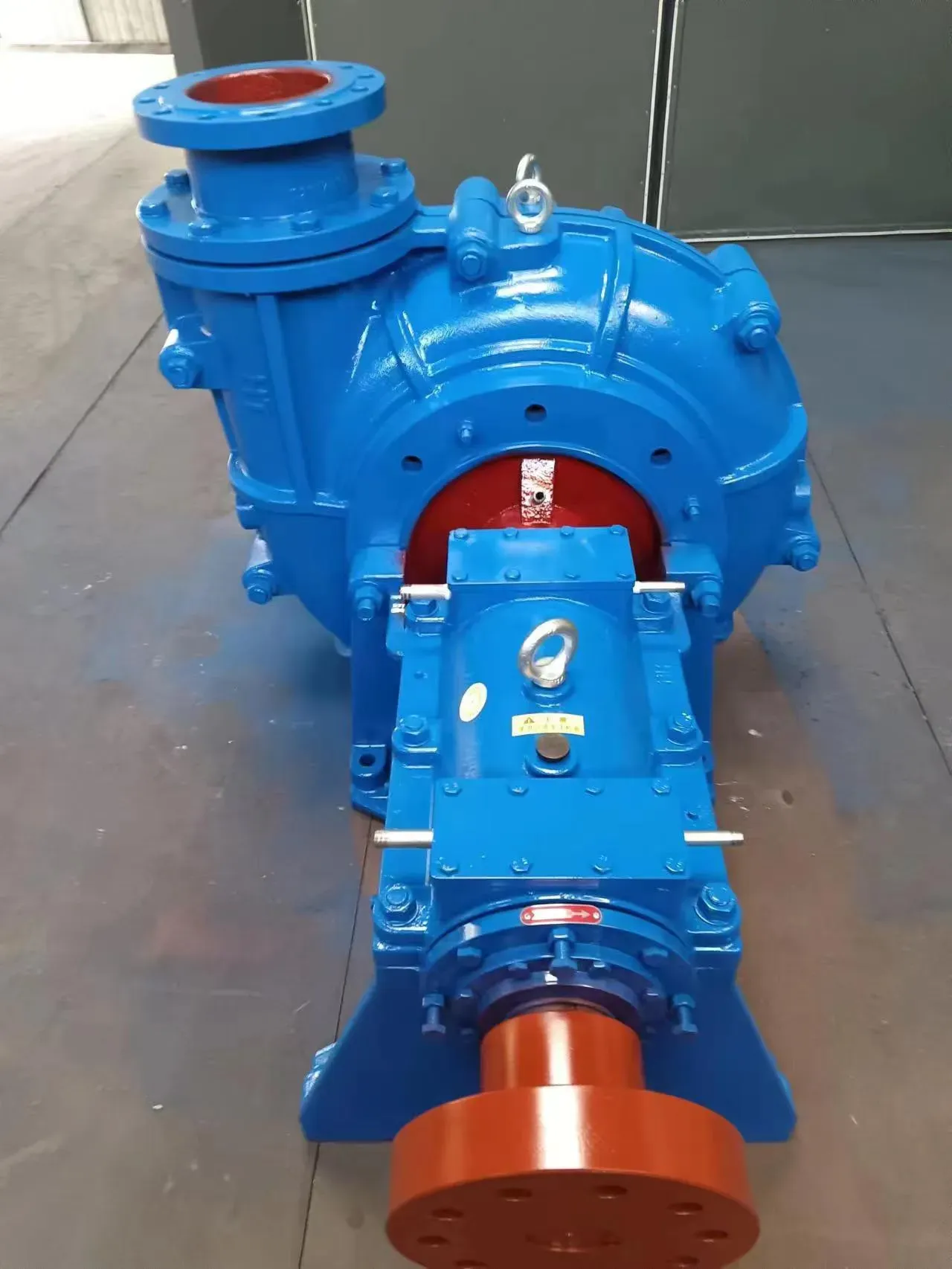Yoruba
- Afrikaans
- Albanian
- Amharic
- Arabic
- Armenian
- Azerbaijani
- Basque
- Belarusian
- Bengali
- Bosnian
- Bulgarian
- Catalan
- Cebuano
- Corsican
- Croatian
- Czech
- Danish
- Dutch
- English
- Esperanto
- Estonian
- Finnish
- French
- Frisian
- Galician
- Georgian
- German
- Greek
- Gujarati
- Haitian Creole
- hausa
- hawaiian
- Hebrew
- Hindi
- Miao
- Hungarian
- Icelandic
- igbo
- Indonesian
- irish
- Italian
- Japanese
- Javanese
- Kannada
- kazakh
- Khmer
- Rwandese
- Korean
- Kurdish
- Kyrgyz
- Lao
- Latin
- Latvian
- Lithuanian
- Luxembourgish
- Macedonian
- Malgashi
- Malay
- Malayalam
- Maltese
- Maori
- Marathi
- Mongolian
- Myanmar
- Nepali
- Norwegian
- Norwegian
- Occitan
- Pashto
- Persian
- Polish
- Portuguese
- Punjabi
- Romanian
- Russian
- Samoan
- Scottish Gaelic
- Serbian
- Sesotho
- Shona
- Sindhi
- Sinhala
- Slovak
- Slovenian
- Somali
- Spanish
- Sundanese
- Swahili
- Swedish
- Tagalog
- Tajik
- Tamil
- Tatar
- Telugu
- Thai
- Turkish
- Turkmen
- Ukrainian
- Urdu
- Uighur
- Uzbek
- Vietnamese
- Welsh
- Bantu
- Yiddish
- Yoruba
- Zulu
Telephone: +86 13120555503
Email: frank@cypump.com
Dec . 04, 2024 18:09 Back to list
slurry pump repair
Slurry Pump Repair Essential Insights for Optimal Performance
Slurry pumps are crucial equipment in various industries, including mining, construction, and wastewater treatment. These pumps are designed to handle abrasive and corrosive materials, making them invaluable for transporting slurry mixtures - a combination of liquid and solid particles. However, like any mechanical equipment, slurry pumps may experience wear and tear over time, necessitating timely and effective repairs to ensure continued efficiency. This article delves into the importance of slurry pump repair, common issues faced, and best practices for maintenance and restoration.
Understanding Slurry Pump Functionality
Slurry pumps work by utilizing centrifugal force to move thick, viscous mixtures. Their construction typically includes robust materials like hard metal or rubber linings to withstand the harsh conditions associated with slurry transport. Given their operational environment, slurry pumps often encounter issues such as erosion, corrosion, and blockages, which can severely hinder performance.
Common Problems and Their Causes
1. Erosion and Wear The high velocity of slurry can lead to significant erosion of the pump components, particularly those in contact with the abrasive materials. Impellers and casing are often the most affected areas.
2. Corrosion Chemical reactions between the slurry and pump materials can cause corrosion, especially in applications involving harsh chemicals. This compromise can lead to leaks and reduced efficiency.
3. Cavitation This phenomenon occurs when there is a drop in pressure within the pump, causing vapor bubbles to form and subsequently collapse, leading to severe damage. Cavitation can be triggered by inadequate flow rates or improper pump sizing.
4. Blockages Solid particles can accumulate within the pump or piping, creating back pressure and reducing flow. Regular maintenance is essential to prevent these blockages.
The Importance of Timely Repairs
slurry pump repair

Delay in addressing slurry pump issues can result in extensive damage, leading to costly repairs and downtime. Regular inspections and swift intervention are crucial. By identifying problems early, operators can extend the life of their slurry pumps and enhance overall operational efficiency. Integrating a proactive maintenance strategy helps avoid unexpected failures, ensuring continuous production processes.
Best Practices for Slurry Pump Repair and Maintenance
1. Regular Inspections Schedule frequent inspections to assess the condition of the pump and its components. Look for signs of wear, corrosion, or abnormal noise, which may indicate underlying problems.
2. Proper Cleaning Clean the pump and its surrounding area regularly to prevent the buildup of sludge and other materials that may obstruct flow and reduce efficiency.
3. Bearing Maintenance Pay close attention to the pump's bearings, ensuring they are well-lubricated and free from dirt. Worn bearings can lead to misalignment and increased vibration, ultimately harming the pump’s performance.
4. Seal Replacement Regularly check for leaks and replace seals as needed. Worn seals can contribute to material loss and pose risks of contamination.
5. Training and Education Ensure that staff are well-trained in the operation and maintenance of slurry pumps. An educated workforce is key to identifying problems early and implementing effective repair practices.
Conclusion
The efficient operation of slurry pumps is critical in maintaining productivity across various industries. Understanding the common issues they face and the significance of prompt repairs can prevent costly shutdowns and enhance equipment longevity. By implementing regular maintenance and repair practices, operators can ensure their slurry pumps remain in optimal working condition, driving efficiency and reliability in their operations.
-
Reliable Non-Clog Sewage Pumps with GPT-4-Turbo Tech
NewsAug.04,2025
-
High-Performance Air Pumps for Sand & Gravel | Efficient Transport
NewsAug.03,2025
-
ISG Series Vertical Pipeline Pump - Chi Yuan Pumps Co., LTD.|Energy Efficiency, Corrosion Resistance
NewsAug.03,2025
-
ISG Series Pipeline Pump - Chi Yuan Pumps | Energy Efficiency&Compact Design
NewsAug.03,2025
-
ISG Series Vertical Pipeline Pump - Chi Yuan Pumps Co., LTD.|High Efficiency, Low Noise, Durable
NewsAug.02,2025
-
ISG Series Vertical Pipeline Pump - Chi Yuan Pumps | High Efficiency, Low Noise
NewsAug.02,2025










